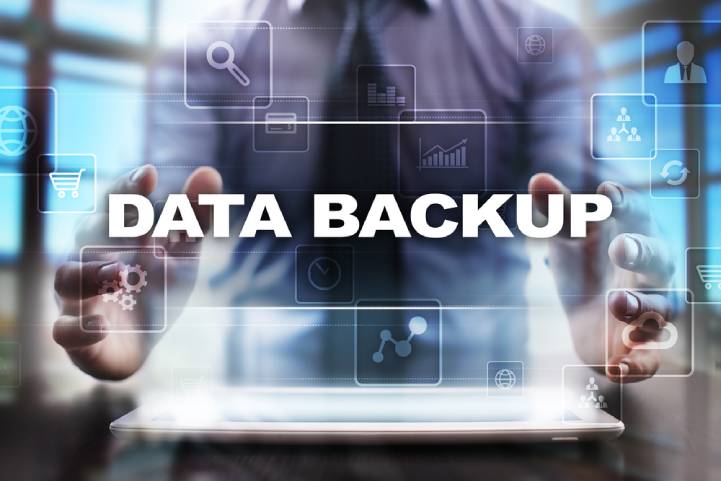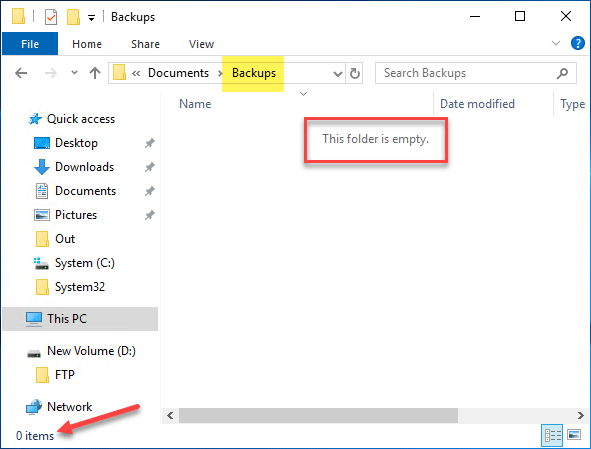Data Backup Mistakes That Lead to Data Loss

Data backups are at the core of any data protection and business continuity plan. Backing up your business-critical data is an essential way to make sure your data is protected from various types of threats including ransomware and end user mistakes.
While data backups are essential, there are certainly mistakes that can be made when performing backups of your business-critical data. You can use data room software to backup your data.
This can lead to the worst possible outcome – data loss. What are some common data backup mistakes that lead to data loss?
Data backup mistakes that lead to data loss
Backups make up the core of your disaster recovery plan. However, there are several data backup mistakes you want to avoid when backing up your data. What are those?
● Not backing up data at all
● Storing your backups in the same site as production
● Configured backups are not automatic
● Not taking frequent backups
● Not securing your backups
● Not alerting on backup failures
Let’s take a closer look at each mistake and how it leads to data loss.
Not backup up data at all
This would seem like a “no-brainer”, however, not backing up data at all is arguably one of the most dangerous mistakes your organization could make related to your data. This is a common mistake especially related to cloud environments.
As many organizations migrate data from on-premises to the cloud, some may feel that cloud environments are so robust that backing up the data there is simply not necessary.
Not creating backups is a serious business mistake
However, this couldn’t be further from the truth. Cloud environments, including cloud SaaS, can experience data loss at the hands of ransomware as well as end user mistakes the same as in on-premises environments. Businesses must have good backups of both on-premises and cloud environments to avoid data loss.
Storing your backups in the same site as production
Where you store your backups is an extremely important consideration. Many organizations may perform effective backups, however, store those backups in the same infrastructure as production. This means they have “all their eggs in one basket”. If there is a failure in the production hardware that takes down production resources, backups will no doubt be affected as well.
It is extremely important that your business gives attention to properly separating backups from production. The 3-2-1 backup best practice methodology recommends that you store at least “1” backup offsite as a best practice.
This helps to ensure that if all other backup locations are affected, you will have at least one backup that will be stored offsite that can be accessed.
This also applies to cloud environments. As a best practice, you would want to have backups of your G Suite environment stored outside of Google’s cloud infrastructure and the same with Microsoft Office 365 backups that would be stored outside Microsoft’s public cloud.
Configured backups are not automatic
Another mistake that can lead to data loss is creating backups, but not have the backups of your data created automatically, on a schedule.
Relying on manual methods of creating regular backups involving human interaction will no doubt lead to backups that are either inconsistent or missed altogether.
Having automatic, scheduled backups of your data helps to ensure that your data backups are consistent. It also helps to ensure changes to your business-critical data are captured on a regular basis, without human intervention.
Not taking frequent backups
Some may assume that even if they have an old backup, it should be usable. However, it is crucial to understand that your Restore Point Objective (RPO) will be directly affected by the frequency of your backups. The RPO value defines how much data you are willing to lose in a disaster recovery event.
If backups are taken infrequently, this can drastically increase the amount of data loss encountered in the event of a disaster. Cloud SaaS environments should be backed up often to protect business-critical data including files and email that may now be stored in these environments.
Not securing your backups
Improper security on your backups is another backup mistake that can lead to data loss. The data contained in your backups is essentially production data.
If your production data is sensitive and protected from unauthorized access, your backups should be as well. Properly encrypting backups to protect the contents is extremely important.
Failing to secure your backups means anyone can access the production data they contain
Additionally, you do not want to have lax access security on backups of your environments, both on-premises and cloud.
Improperly secured backups can lead to the backups themselves accidentally or intentionally getting deleted by end users or others. This can lead to a chain reaction of data loss if backups are damaged or deleted and left missing or unusable in a disaster event.
Not alerting on backup failures
Another backup mistake that can easily be made is not alerting on backup failures. Without proper notification or visibility to backups that have failed, you may be unawares of data that could be unprotected. The worst time to find out that you have had backup failures is during a disaster.
Having visibility to backup failures allows ensuring your data is protected
By properly notifying on backup failures in your environment, you can properly address the backup issue before it leads to data loss during a disaster.
SpinBackup helps to avoid backup mistakes in the cloud
With the aggressive migrations to cloud environments that are taking place today, backup mistakes can easily take place in cloud environments. SpinBackup helps you to follow backup strategy best practices for your cloud SaaS environments including G Suite and Office 365. Its built-in capabilities and features help your business to avoid common data backup mistakes that can lead to data loss.
1. It is a true cloud-to-cloud backup solution – Rather than simply synchronizing your data with a cloud storage location, SpinBackup demonstrates the difference between cloud storage and backup. It provides automated, versioned, backup points in time for your data so you can effectively data across your cloud services.
2. Spinbackup allows you to have full control over which cloud your data is stored – This allows you to properly separate your backup data from your production data.
3. It provides full visibility including backups, data protected, and job alerts – Having visibility to any data that may not be protected as well as jobs that may not have ran correctly is essential to making sure your business-critical data is protected

4. Backups are encrypted – Spinbackup properly encrypts backups, both in-flight and at-rest. This means your sensitive data is protected as it travels over the network and as it is stored in cloud storage.
5. Provides other key features for cloud backups – This includes 100% accurate recovery, data migration and local downloads, advanced reporting and meets regulatory compliance frameworks (SOC 2, EU Privacy Shield, and GDPR).
Make sure to learn how SpinBackup can further help your business avoid costly data backup mistakes in the cloud.





